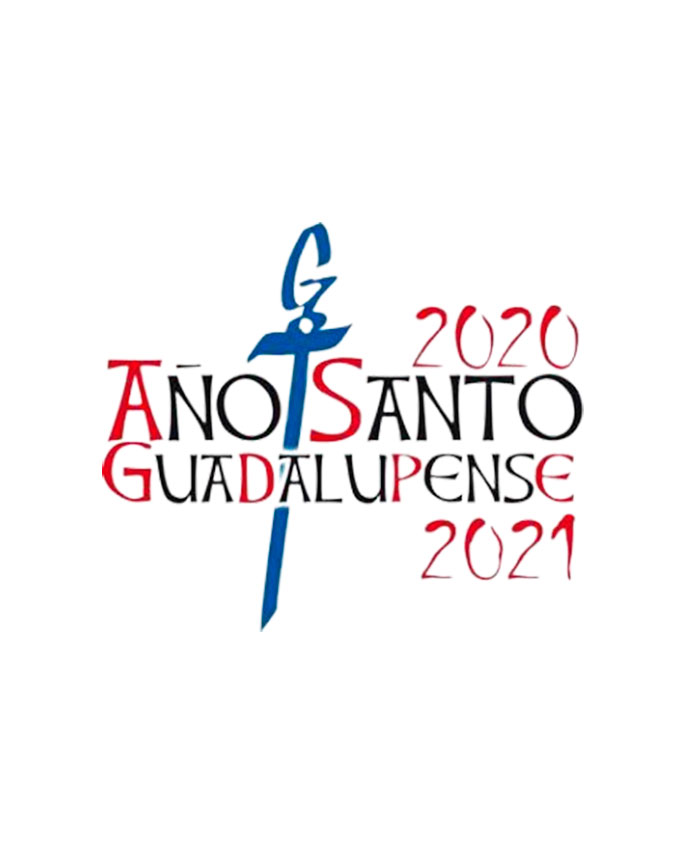In the late 13th or early 14th century the Cáceres cowherd Gil Cordero, after seeing a miraculous apparition, found the image of the black Virgin hidden somewhere in the deep sierras of Las Villuercas. From then on a sanctuary was established which began to receive pilgrims from the immediate vicinity. It was in about 1330 when King Alfonso XI of Castile and León (1311-1350) visited the area, where he had one of his bear hunting grounds as is recorded in his famous “Book of Hunting”.
This king promoted the initial construction of the Monasterio de Guadalupe in 1337, which meant that more pilgrims reached the sanctuary. But this historical influence of the monastery extended further than its enclosure and led to the creation of a network of ways or trails, natural and cultural corridors which gave rise to a considerable architectural heritage and intangible oral traditions which still survive. Over the centuries the process of development gradually effaced the primitive roads in some cases and emphasised them in others to strengthen communication routes. All this in a privileged environment of great landscape and natural richness which includes protected natural areas (national parks, nature reserves, ZEPAs…), wetlands, woodland, series of sierras and valleys… all with a high level of biodiversity and in a very good state of preservation.
The ITINERE 1337 project of interterritorial collaboration, consisting of 17 local action groups, has recovered 12 pilgrim routes to the Monasterio de Guadalupe, a World Heritage Site, and has established eco-cultural corridors and axes of territorial planning and promoted the development of the rural districts they connect. In this way they have created the network of Ways to Guadalupe, which is made up of the following routes:
